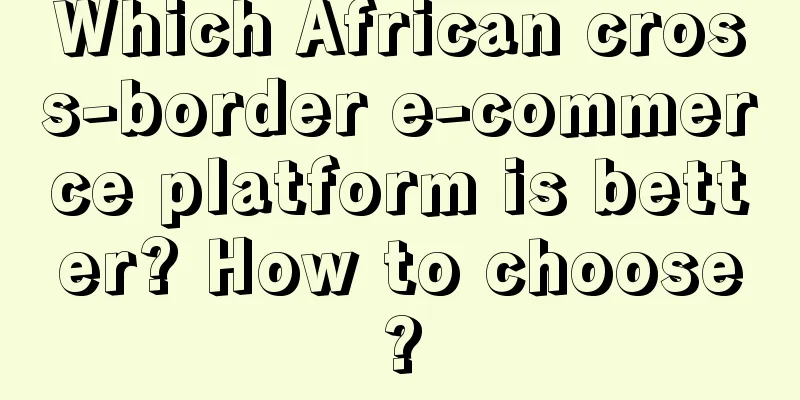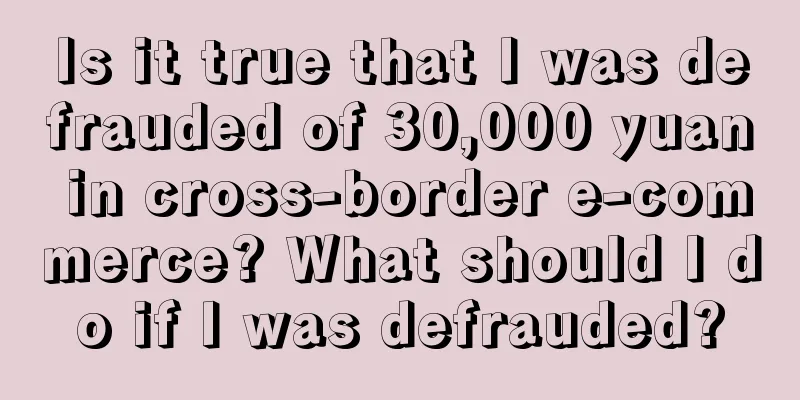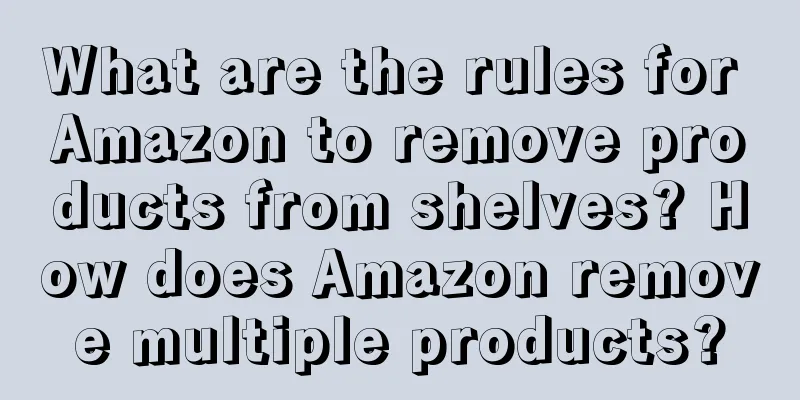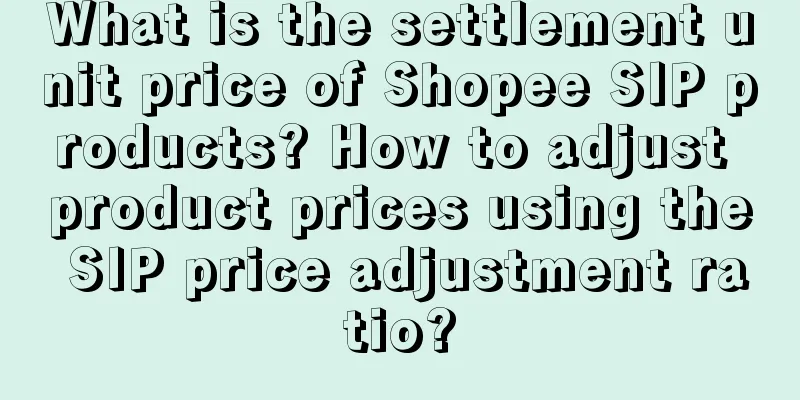How cunning is YouTube in its fight for TV advertising dollars?
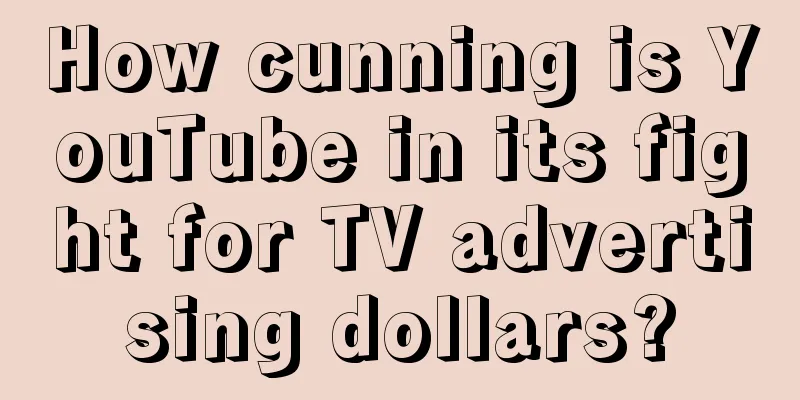
A few days ago, I watched YouTube's BrandCast, which is an annual event for YouTube to release advertising products and investment resources. In order to attract advertisers to actively participate, YouTube also invited Billie Eilish, who has 8 Grammy Awards, to perform. At this launch event, there were several updates to advertising products, but they were all centered around the TV side:
Frankly speaking, these so-called advertising product updates and policies of YouTube are really unremarkable and nothing new. Many domestic online video platforms have already tried them. At this year's BrandCast, YouTube spent a lot of time promoting the creators on the platform and flexing its muscles - its dominance in the CTV connected TV field. Obviously, YouTube has set its sights on the TV advertising market. CTV is one of the fastest growing sectors in the digital advertising field. According to GroupM's forecast, CTV advertising spending will reach US$38.3 billion in 2024, a year-on-year increase of 20.1%. In comparison, the global advertising market is growing at a rate of 7.8%. There has always been a contempt chain for content media: movies > TV series > online videos > mobile short videos . This contempt chain is universal across the world, regardless of region. For example, in the United States, traditional television practitioners have long been dismissive of YouTube: How can the quality of UGC (user-generated content) compare with OGC (organizationally generated)? YouTube's approach is rather cunning: it does not intend to break this chain of contempt, after all, the cost of breaking the old and establishing the new is too high. “If you can’t beat them, join them.” So YouTube’s strategy is to squeeze into the TV circle . 01This is not for the sake of admiring the halo of the television industry, but for real benefits. You should know that the CPM price of YouTube on CTV based on ordinary traffic is only about US$13-15, while in the second quarter of 2024, the CPM of the streaming platform HULU was about US$25, and the advertising price was nearly twice that of YouTube. NBCU's streaming service Peacock has a higher CPM of about $38 (data source: eMarketer). Seeing that NBCU and HULU's TV programs earn high premiums, YouTube is naturally unwilling to accept this. After all, YouTube has become the leader in CTV. According to a Nielsen report on US TV and streaming, YouTube has ranked first in monthly streaming viewing time on US TV since February 2023. Moreover, for many high-quality YouTube creators’ channels, TV has become the largest source of traffic. For example, a creator named Kinigra Deon has nearly 4 million subscribers on YouTube, and her channel had 160 million hours of viewing time last year, 70% of which was viewed on CTV connected TVs rather than on mobile phones. In fact, YouTube launched its own TV app in 2010, but it has not made much progress. The real outbreak occurred during the COVID-19 pandemic, when people spent significantly more time watching TV at home, making this period a golden age for the development of CTV. YouTube viewing on CTV devices has grown more than 130% over the past three years, with viewers watching more than 1 billion hours of YouTube on TV every day. Whether it's influence, market share or future financial prospects, YouTube believes that the time has come to enter the television industry. 02The first trick YouTube uses is to get close to the face and open it up. The first is to hold investment promotion meetings by benchmarking against TV networks; the second is to benchmark against TV stars and raise the industry status of creators. You may have seen various forms of investment promotion conferences held by CCTV, Mango TV, Youku, iQiyi and Tencent Video. Some are in the form of bidding, such as CCTV, and some are similar to entertainment festivals, such as the Youku Spring Festival with celebrity endorsements in the past few years. All forms are the same in essence: selling their own top advertising resources to KA brand owners. This form is not unique to China. Traditional American TV stations, such as FOX, NBCU, and Disney, all have promotional sessions, which are called " upfront pitches " in English. In order to catch up with the traditional TV industry, YouTube also launched its own upfront pitch, the BrandCast mentioned above, in 2022. What surprised its peers was that YouTube's first investment promotion conference was held on the same day as Disney. At this year's investment conference, YouTube acted as a spokesperson to elevate the industry status of creators. Because only when creators are recognized by the industry, the content on the YouTube platform will be more valuable and the CPM will be sold at a higher price. So YouTube is sending a direct message to the TV industry: It’s time for the Emmys to embrace video creators. The Emmy Awards are the highest awards in the American television industry. Along with the Oscars in the film industry, the Grammy Awards in the music industry, and the Tony Awards in the theater industry, they are known as the four major awards in the American performing arts industry, abbreviated as EGOT. YouTube's core proposal is that the Emmy Awards should create a new award for creators. He believes that creators are taking over TV screens and attracting a large number of viewers, and the entire entertainment industry is at a crossroads. If creators are not recognized by the Emmy Awards, then the organizers of the awards should ask themselves whether the Emmy Awards represent the future of television or just its past. Mohan has a point. After all, when the Oscars were first launched in 1946, television was still a new medium. Later, as television developed, the Oscars' awards range continued to expand, adding categories such as reality show competitions and short comedies. The day after the meeting, Sean Evans's spicy chicken wings interview series "Hot Ones" was nominated for the Emmy Award for Talk Show Series, and "Good Mythical Morning" and "Chicken Shop Date" were both announced as Emmy Award candidates. It must be said that some YouTube bloggers' videos are indeed well-made. I follow a blogger named Michelle Khare. She has a show called "Challenge Accepted". The show is updated infrequently, but the quality is very high. She once tried to drift on the sea for 72 hours and also tried Houdini's deadly magic. It is said that she has a dedicated production team, which consists of 40 to 50 freelancers in addition to 5 full-time employees. If you have watched her videos, you will feel that she is recording her adventures in a movie-like way. The series has been viewed 640 million times. YouTube loudly proclaims: "Creators are the new Hollywood." I think this is an interesting argument, but it doesn't quite hold up when you look deeper. First of all, simply using the number of fans and video views on the platform to define the influence of creators is a bit one-dimensional. Even if you are very famous on YouTube, it does not mean that you have sufficient influence in the whole society. The top YouTube influencers cannot be compared with national stars. Secondly, although YouTube has always emphasized that many top creators have their own production teams, the cultivation of talents requires soil and time. At this point, there is still a gap between the production level of Internet platforms and traditional television. 03The second trick YouTube uses is to cut off the beginning and the end . What YouTube is most criticized for by its competitors is that there are too many types of content, resulting in uneven quality. In YouTube's content ecosystem, there are top IP content, such as the seven-year home broadcasting rights for the National Football League's "Sunday Ticket" at a cost of $2 billion per season; at the same time, YouTube also has a large amount of UGC long-tail content represented by cat videos. According to data, the number of views of cat-related videos has exceeded 26 billion. In order to meet the advertising needs of KA advertisers and ensure brand safety, YouTube launched Select in 2020, which I call " YouTube Select ". This YouTube Selection means that advertisers can buy out all the advertising inventory of the top channels on YouTube. To put it more simply: under a fixed CPM, brand owners can become the exclusive sponsor of the top channel for two weeks and obtain 100% of the advertising inventory. According to Google, in the first half of 2023, more than 75% of YouTube Select ads were shown on US TV screens. In order to improve the quality of the carefully selected content, YouTube has further raised the entry threshold for the carefully selected program. In 2020, YouTube's carefully selected program was limited to the top 5% of channels on the platform, and now this proportion has been further reduced to the top 1%. YouTube's carefully selected videos are now the best of the best. Accordingly, YouTube has also increased the CPM price of carefully selected content, with the quoted price range between $20 and $50, which is close to Hulu and Peacock. But there is a problem: Although exclusive sponsored channels can provide exclusive high-quality exposure resources, since YouTube will not add new ad inventory, brand ads will only be played in a limited number of ad styles in the sponsored channels, which will lead to overexposure of the brand . In simple terms, I have watched a brand's advertisement three times, and I have already remembered the brand and even developed some favorable impressions of it. But I have to watch it ten more times. Not only are these ten times of advertising wasted, but users may even become disgusted with the brand due to frequent interruptions. Therefore, advertisers need to have enough creative ads to support repeated playback on YouTube and keep the brand exposure fresh, which increases the pressure of creative production on brands. In addition, the creators themselves have concerns because they have no say in the brand sponsorship process. For example, creators who discuss environmental protection issues usually resist brands like Mobil, but they can't refuse Mobil's sponsorship of their channels. The only way is to withdraw from YouTube's strict selection plan. PS: For commercialization purposes, YouTube is so strong towards creators. I wonder if Bilibili gets it. 04YouTube's third cunning move is to replace concepts - competing for the right to define industry standards. YouTube's aggressive bid for TV advertising budgets has irked traditional TV network players. After all, the cost of content procurement for traditional TV networks starts at tens of billions of dollars. For example, Disney's content investment in 2023 is 27 billion US dollars. How much does YouTube cost? It is definitely not as much as Disney. As YouTube's invasion intensifies, traditional TV networks have achieved unprecedented unity and started to make a fuss about advertising monitoring standards. In January 2023, Fox, NBCU, Paramount, TelevisaUnivision, Warner Bros. Discovery and the Video Advertising Bureau (VAB) established a Joint Industry Committee (JIC) to exclude YouTube. The main function of this committee is to establish cross-platform advertising effectiveness monitoring standards and solutions for streaming videos. Traditional companies also know that they cannot compete with YouTube in terms of traffic, so their brand promotion proposition is: if you advertise, you should not only consider the quantity but also the quality. In the proposed advertising effectiveness evaluation criteria, traditional TV networks have added a content quality index, which is mainly used to compare the impact of UGC and high-quality TV content on advertising effectiveness. This is obviously aimed at YouTube. They also looked for third-party evaluations to further undermine the effectiveness of advertising on YouTube: According to MarketCast's research, the average brand recall rate for ads that appear in TV commercials hovers around 62%, while that for ads in user-generated content is only 49%. In order to refute YouTube's self-boasting, the American Video Advertising Bureau VAB, which represents the interests of traditional TV networks, could no longer stand it and released a report stating that Generation Z audiences are more likely to be influenced by TV and streaming content than content on TikTok, Instagram or YouTube. YouTube also began to fight back. It found the Media Ratings Council (an industry association responsible for setting industry standards for media audience measurement research) and its point of view was that any video ad that plays on the screen for at least two seconds should be counted as a valid CTV ad impression, and advertisers should pay for it, which meets the Ratings Council's viewability standards. This standard is extremely beneficial to YouTube because it has such a large amount of traffic. At this time, YouTube's cunning nature is revealed again: the standard it proposed is for online video ads on the Internet or mobile browsers, not for TV ads in the living room. This strategy taps into an ambiguity: Does CTV advertising fall under the category of TV advertising or digital advertising? If competitors insist that CTV is a TV advertising medium, then the advertising prices on YouTube TV should be comparable to those on traditional TV networks. If competitors insist that YouTube TV is a digital advertising medium, then the evaluation criteria should be based on the standards for online advertising. Regardless of the conclusion, YouTube will always gain the upper hand. According to eMarketer's forecast, YouTube's CTV advertising revenue in the United States is expected to reach 3.34 billion in 2024, a growth rate of 13.1%. By 2026, this figure will increase to 4.25 billion. It seems that no matter how much traditional TV networks resist, they cannot stop YouTube from entering the TV advertising market. |
<<: Our Xiaohongshu operation is resigning and starting a business
>>: I spent 30 days in Pinduoduo's live broadcast room and discovered these secrets...
Recommend
What are the advantages of doing business on Amazon in the United States? Is it easy to do?
Now many friends want to do Amazon, so everyone ne...
How much does a small seller of Wish earn in a year? Specific situation analysis
In life, many friends want to join the Wish platfo...
What is the specific process of Amazon's Transparency Program? What are the special logos?
Today, I will introduce the content of Amazon'...
There are 360 professions, and can every profession make coffee?
The coffee industry has become a "good busine...
Travel blogger, trapped in a siege
In the Internet age, travel bloggers face the chal...
From camping to city walking, outdoor sports have become a trend. How can we enter the hottest trillion-dollar track?
This article first analyzes a "net celebrity ...
How to open a store on eBay? How to charge?
eBay is an overseas purchasing platform that provi...
If you were a cookie shop owner, how would you use Internet thinking to sell cookies?
The current employment situation is not optimistic...
How did I sell sleeping bags on Xiaohongshu, a niche and unpopular product? | A trader’s story
With this trick, we got 5 million natural exposure...
In this era of universal counterfeiting, how many Zhoukou Jay Chou and Anti-Fraud Xiao Chen will there be?
This article introduces the internet celebrity imi...
Seizing the opportunity of her economy and Valentine's Day, is there a promising future for "e-commerce flowers"?
As living standards improve and young consumers pa...
Finally, I talked about a male health blogger who sold over 3 million in a year.
In the field of health video bloggers, although mo...
What are the requirements for participating in Amazon Black Friday?
The Double 11 event in China has already started, ...
"Low frequency + high customer orders", 20 million private domain users, how does Sofia achieve continuous growth through private domain?
How did Suofia, a very successful company in the h...
Is temu cross-border e-commerce easy to do? How does temu cross-border e-commerce deliver goods?
Now there are many seller friends who want to do c...
